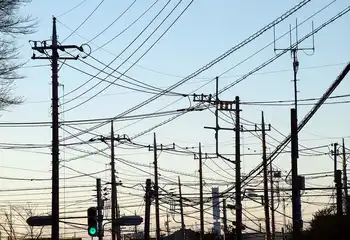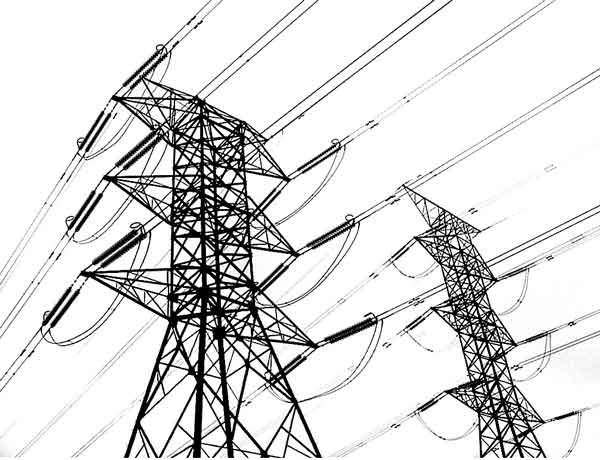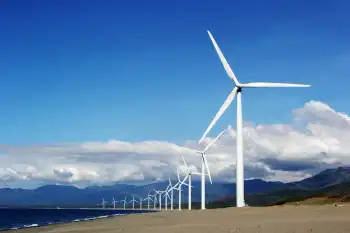Whole Foods uses wind power for all electrical needs
BOULDER, COLORADO - An assist from a Boulder renewable-energy company is vaulting Whole Foods Market to an exalted position in corporate green-energy use.
Austin, Texas-based Whole Foods announced it has become the nation's only Fortune 500 company to use wind power for all its electrical needs.
But the natural-foods grocer can't physically acquire the electrons generated by wind turbines. That's where Renewable Choice Energy of Boulder comes in. Renewable Choice Energy serves as a broker, purchasing power from wind farms across the nation and selling credits for that wind energy to buyers such as Whole Foods.
Under that mechanism, Whole Foods uses conventionally generated electricity like any other business, but its purchase of renewable- energy credits means that its use of conventional power is offset by the same amount of electricity generated from wind.
Whole Foods did not disclose the cost of buying the wind-power credits.
Typically, residential and commercial customers pay a surcharge for voluntarily buying wind power. But when natural-gas prices shot up this winter, for the first time it became cheaper for Colorado customers of Xcel Energy to buy "Windsource" than conventional electricity.
Whole Foods is purchasing about 458,000 megawatt-hours of renewable-energy credits from wind farms. That will eliminate 700 million pounds of carbon-dioxide pollution, equivalent to taking 60,000 cars off the roads, Whole Foods officials said.
Whole Foods operates seven stores in Colorado and more than 175 stores internationally.
Related News

There's a Russia-Sized Mystery in China's Electricity Sector
BEIJING - Here’s a new obstacle that could prevent the world finally turning the corner on climate change: Imagine that over the coming decade a whole new economy the size of Russia were to pop up out of nowhere. With the world’s fourth-largest electricity sector and largest burden of power plant emissions after China, the U.S. and India, this new economy on its own would be enough to throw out efforts to halt global warming — especially if it keeps on growing through the 2030s.
That’s the risk inherent in China’s seemingly insatiable appetite for grid power.
From the cracking pace of…




